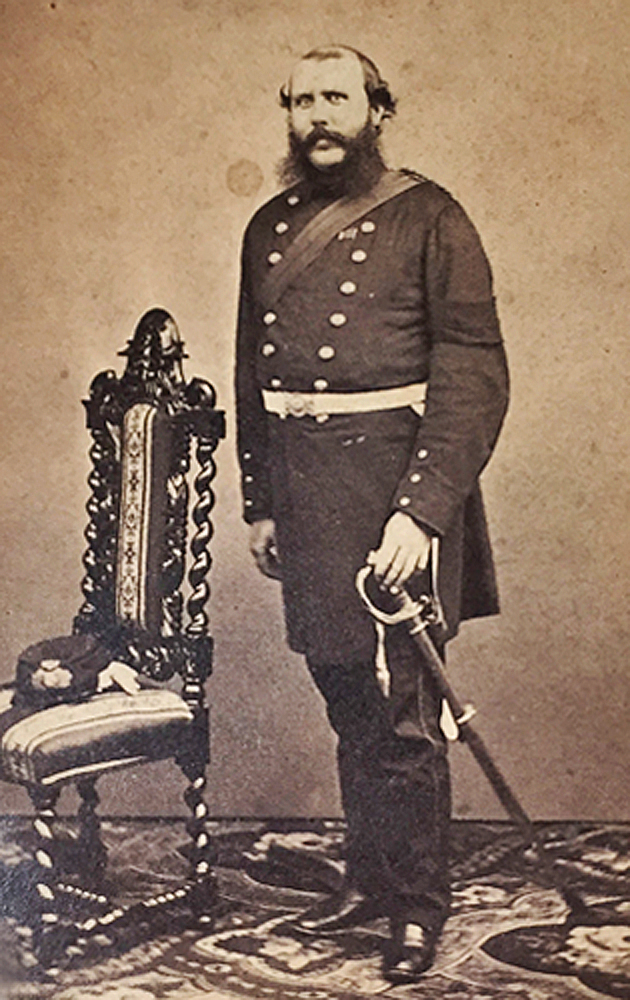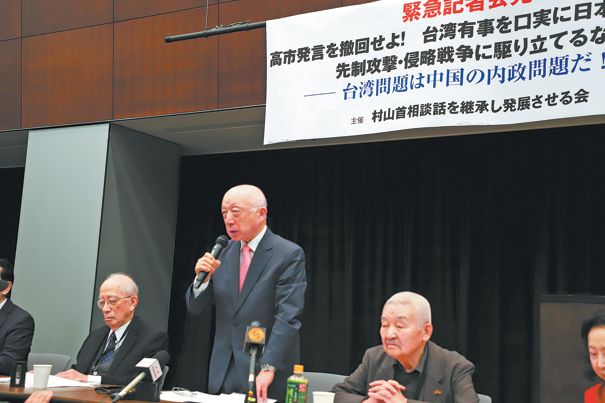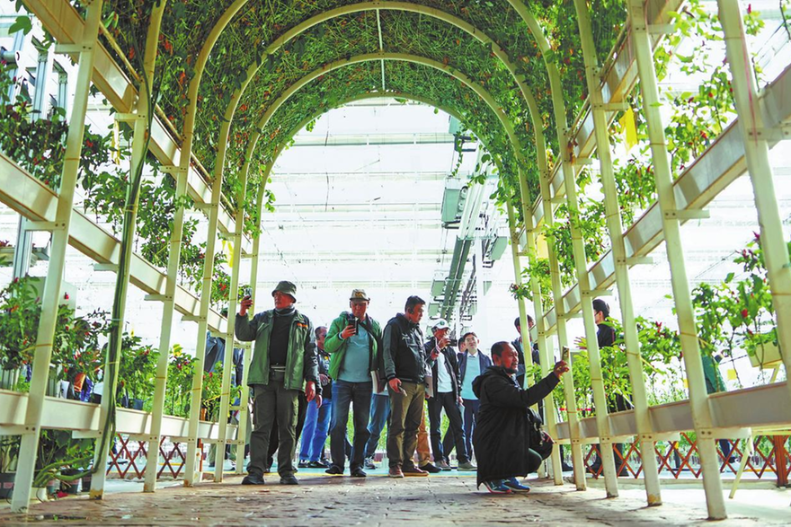Bronze relic looted from Summer Palace to be auctioned


In a letter to his mother, dated Oct 17, 1860, he detailed the looting of the Summer Palace, or Yuanmingyuan, by British and French troops under the orders from the British High Commissioner to China, Lord Elgin.
It read, “Pekin (sic) is now virtually ours, one of the gates having been surrendered to us several days ago, on the day on which we were to have opened fire…
“In the morning however news came in that the French (who had also mysteriously disappeared) had, together with our Cavalry, taken possession of the Summer Palace the previous evening without opposition, there being only about 300 servants left to look after the place, and a small guard of about 50 men, who of course did not attempt any resistance.”
Evans went on to describe what the French took such as “valuable” watches, clocks, fur coats and silks, adding that the “General sent out for all the carts he could find, brought in as much as they could carry, and all the things were sold by auction for prize money for the force actually present on the 16th, and a considerable amount was realized as the things went at fabulous prices … I expect to get about five and forty pounds for my share.”
In another letter, he wrote, “From the palace on the plain I succeeded in getting several bronzes and enamel vases that will, I hope, some day find their way to [his home in the UK], as well as some very fine porcelain cups and saucers of the Emperors imperial pattern (yellow with green dragons) but they are so dreadfully brittle that I quite despair ever being able to get them home in their present condition…”
After the campaign the bronzes and other works of art returned to England and then spent the next 158 years in the possession of Captain Harry Evans and his family, passing down four generations down to the present owner.
Hajni Elias, a Chinese art and cultural historian who helped research the Tiger Ying, described it as “special and unequalled”.
Elias said that Ying were used for containing water for cleansing at rituals and sacrificial ceremonies conducted to pay respect to a person’s lineage and ancestors.
“We cannot underestimate the wealth and sophistication of the late Zhou culture that created such an outstanding bronze vessel,” she said.






























